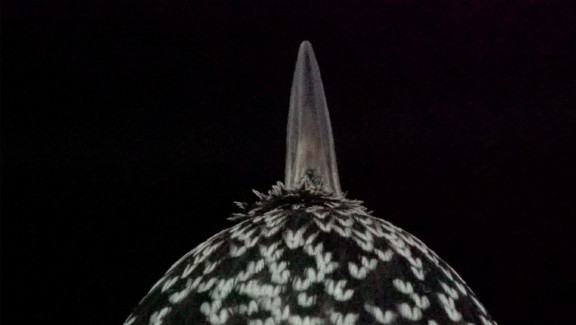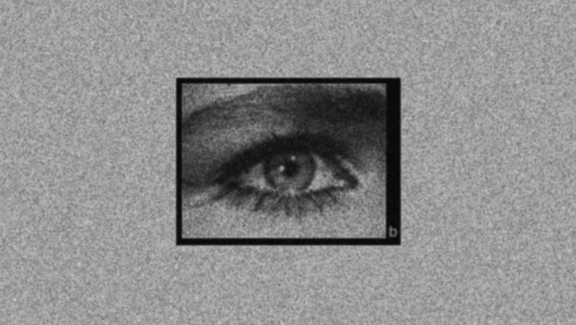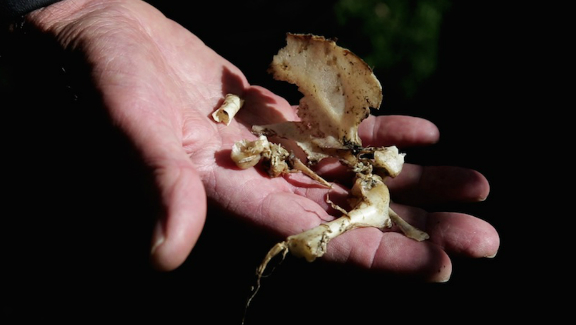Search Film
Synopsis
The project developed from conversations between the artist Duncan Marquiss and his father, biologist Dr. Mick Marquiss.
Official Selection BFI London Film Festival 2015 - Experimenta Strand - World premiere
Details
- Year
- 2015
- Type of project
- Shorts
- Running time
- 25 mins
- Director
-
Duncan Marquiss
- Producer
- Duncan Marquiss
- Editor
- Duncan Marquiss
- Director of Photography
- Duncan Marquiss
- Sound
- Sound Recordist: Duncan Marquiss; Sound Mix: Derek O'Neill
- Principal cast
- Dr. Mick Marquiss
Genre
Categories
Production Status
Production Company
Duncan Marquiss
Sales Company
c/o Duncan Marquiss
Page updates
This page was last updated on 12th May 2025. Please let us know if we need to make any amendments or request edit access by clicking below.
See also
You may also be interested in other relevant projects in the database.
 Collision Index
Collision Index
Director: Duncan Marquiss
Year: 2018
The eccentric collection of the McManus museum in Dundee is reorganised into a new analogical composition that tests new and unexpected relationships between things. Official Selection BFI London Film Festival 2018 - Experimenta Strand - World premiere
 Evolutionary Jerks and Gradualist Creeps
Evolutionary Jerks and Gradualist Creeps
Director: Duncan Marquiss
Year: 2016
Two evolutionary biologists, Niles Eldredge and Armand Marie Leroi consider the analogies and differences between the cultural and the biological realms, comparing the history of life within the fossil record with the evolution of pop music. Marquiss draws on Eldredge’s pattern of evolution as a cue for image-making processes and editing structures to transpose scientific enquiry into cultural production. Official Selection BFI London Film Festival 2016 - Experimenta Strand
 Dancing on Road
Dancing on Road
Director: Lauren Gee
Year: 2024
Documenting and celebrating the Black British female roller-skating community, showcasing its long history and fixture within popular culture. Blurring the boundaries between documentary and music video, this experimental film reveals the expansive network of London’s Black skate scene through two key individuals that share their stories and delve into what this space and their skate crews and mentors provide them. This joyous exploration gives visibility to a subculture that to many outsiders is unknown but is made familiar through its nostalgic lens which pays homage to the sports DIY and music-led roots. Official Selection Trinidad and Tobago Film Festival 2025
